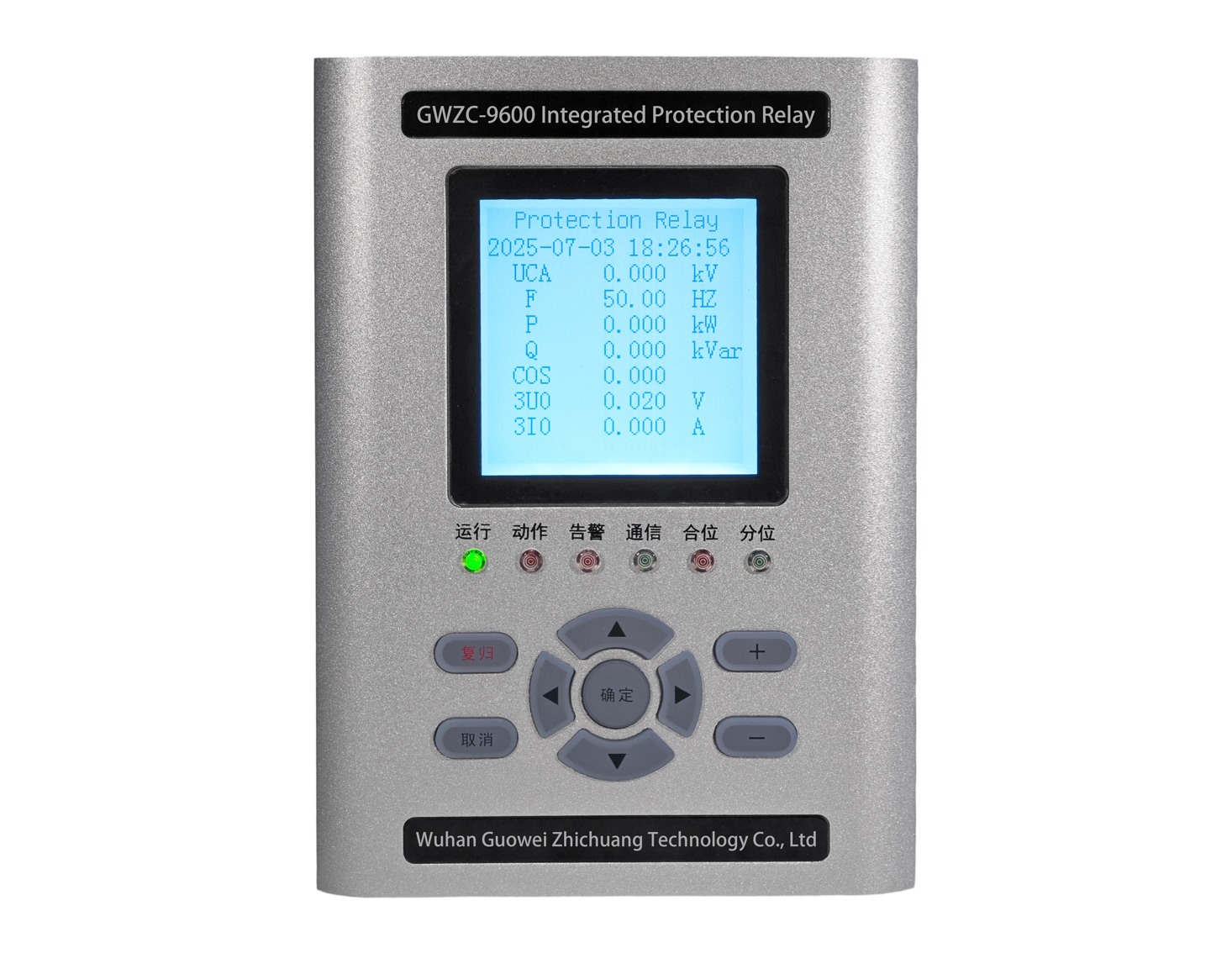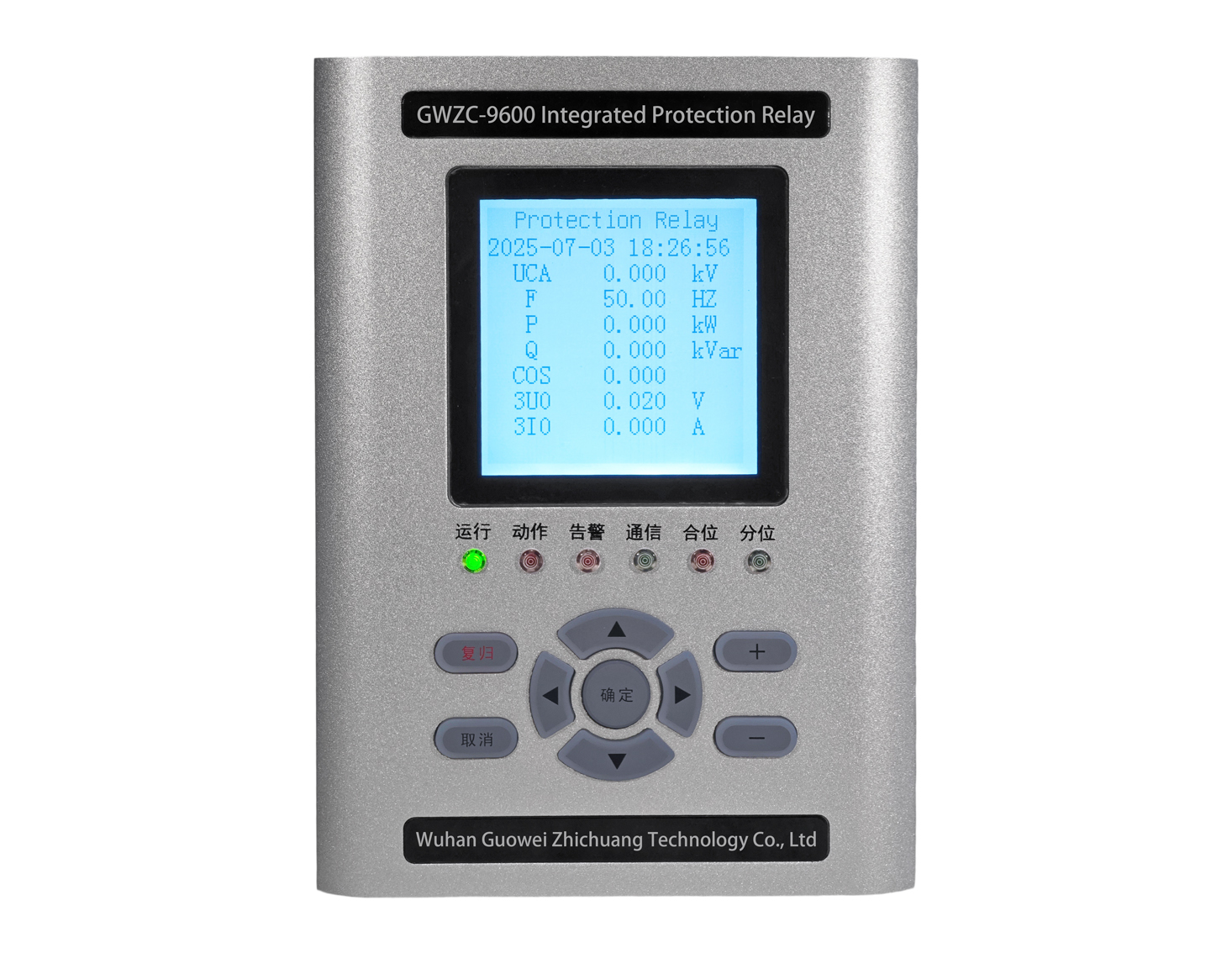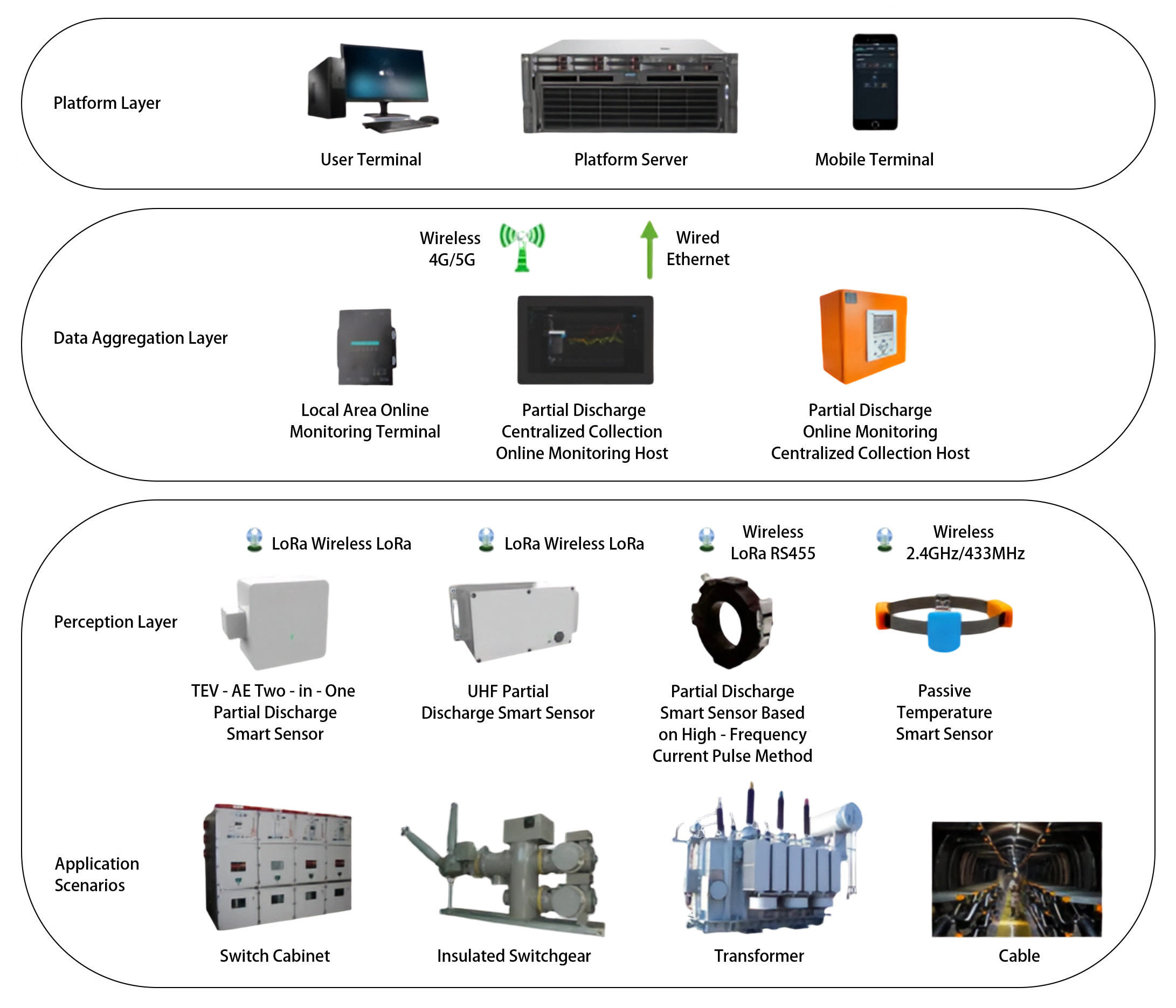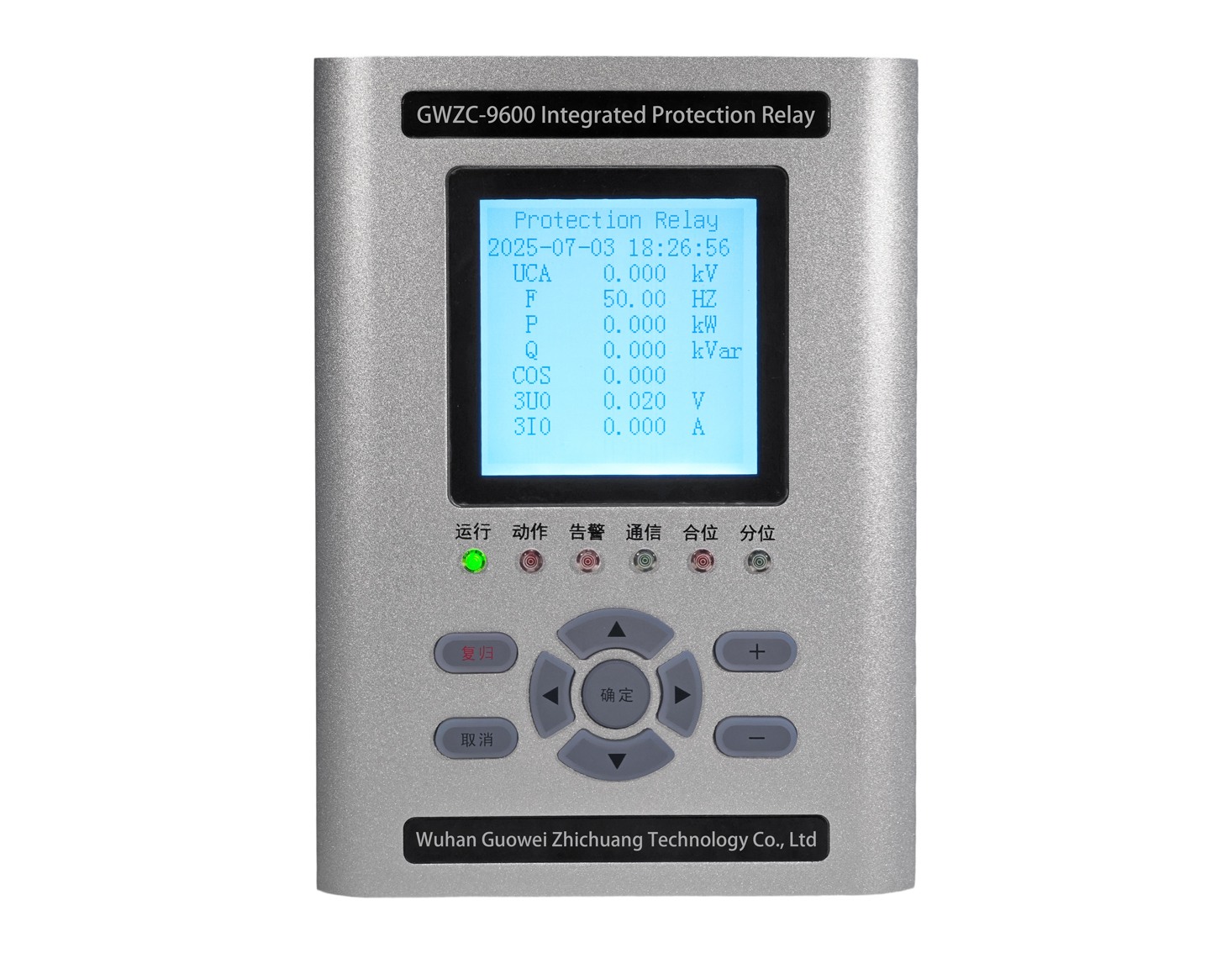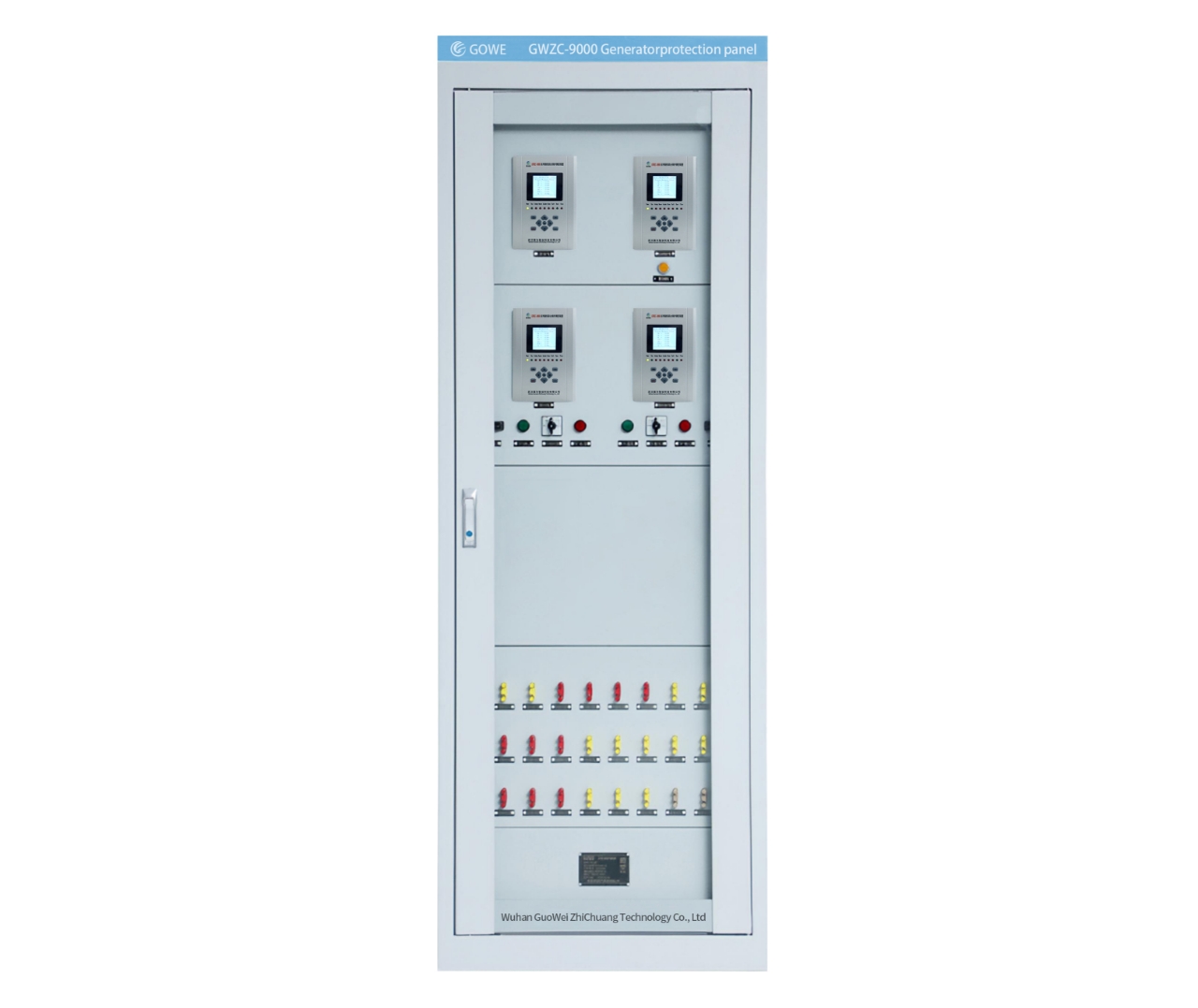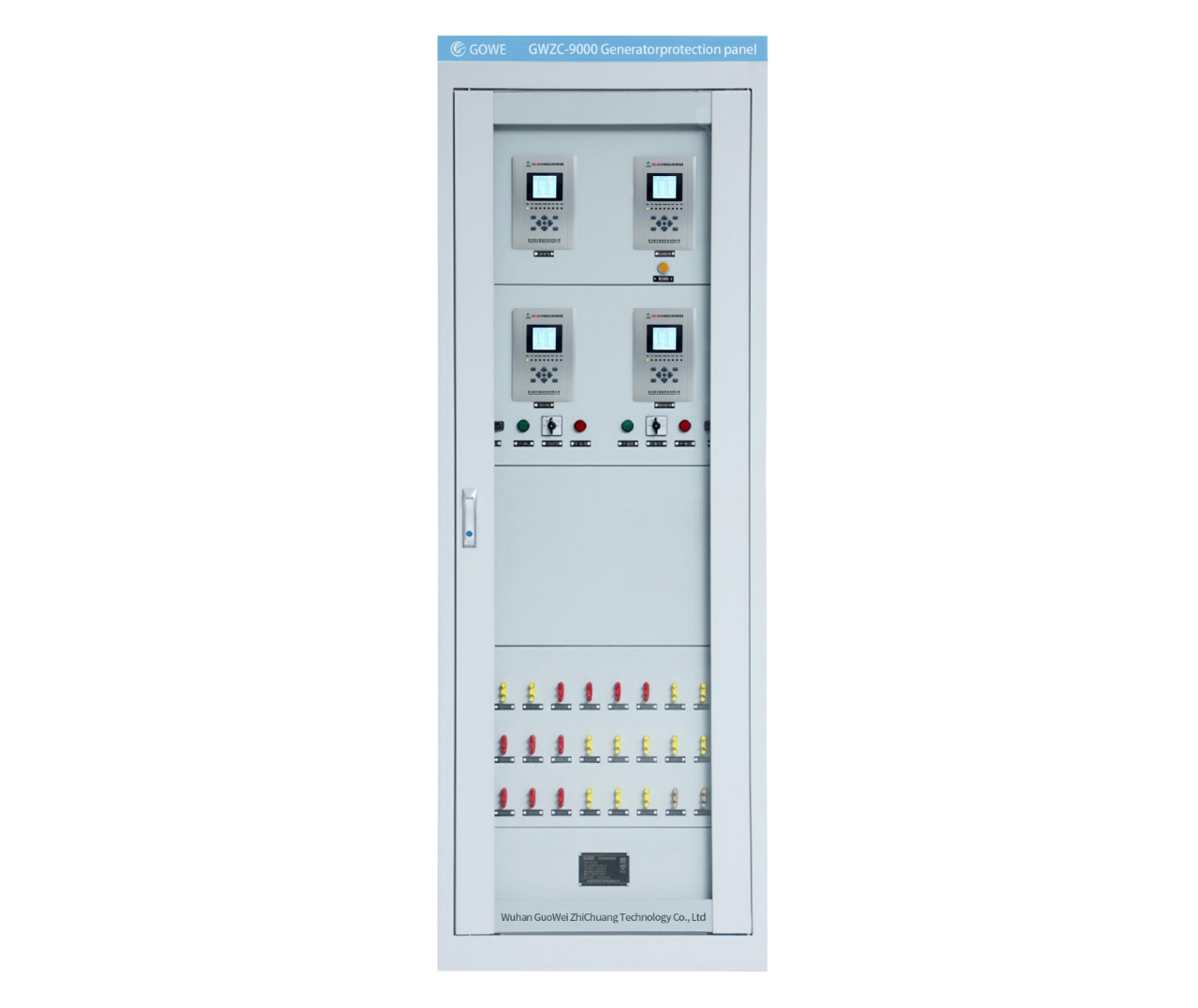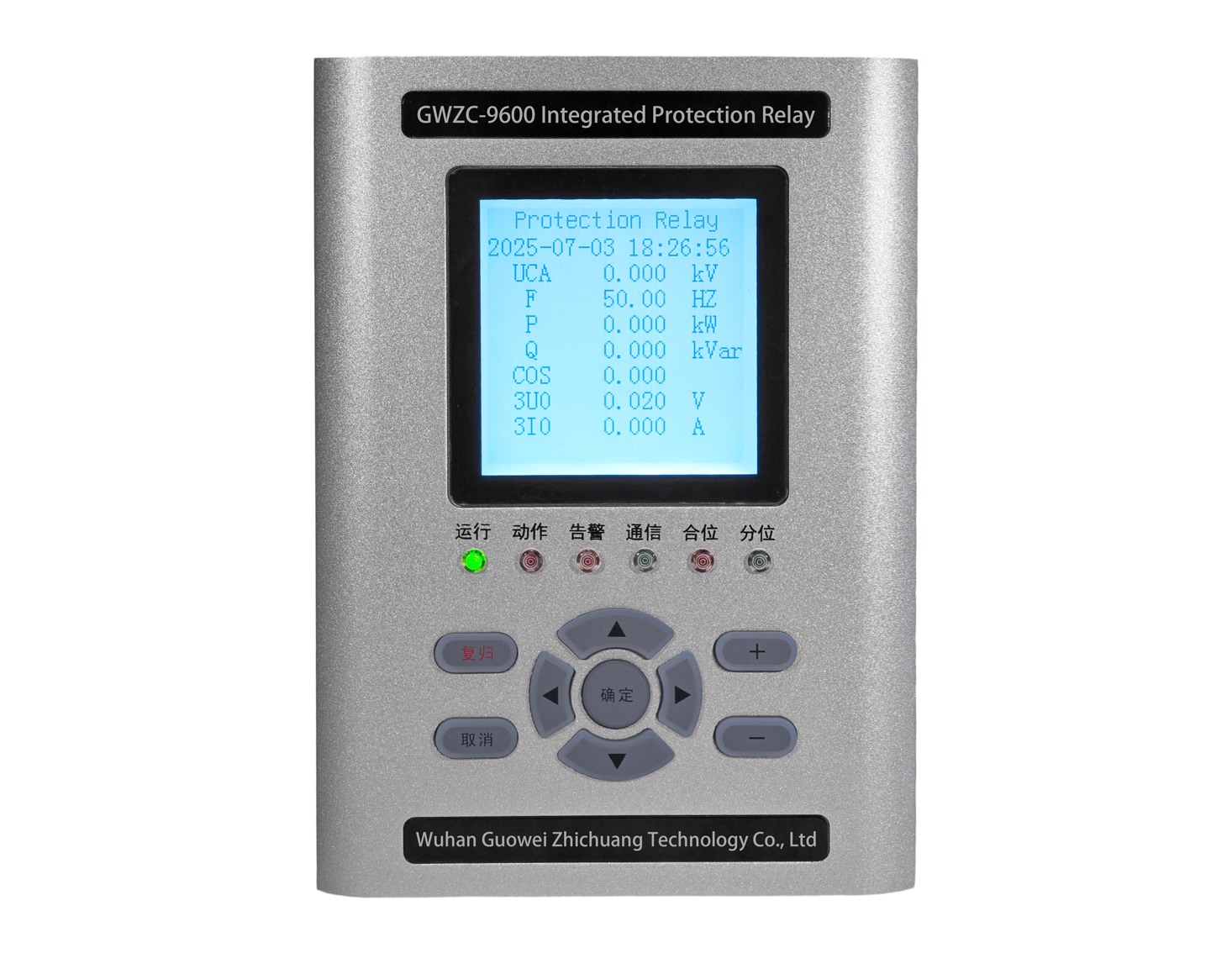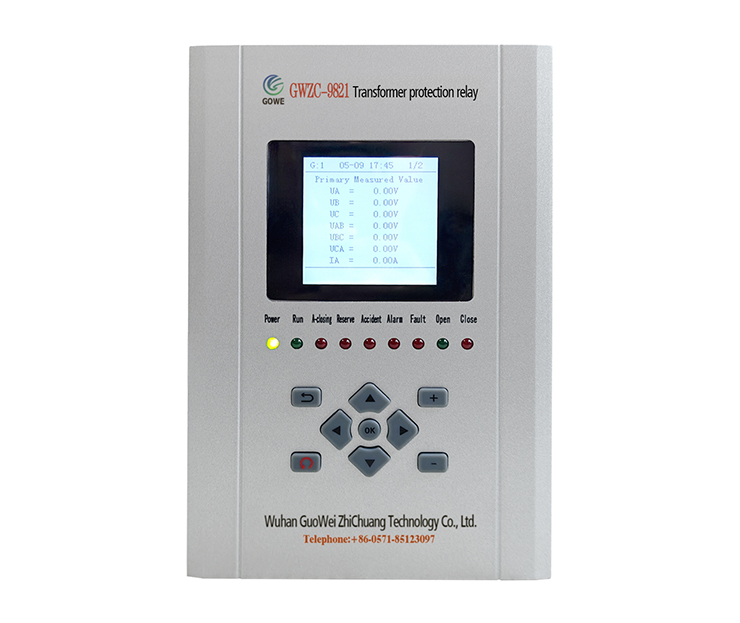
1. Definition and Core Objectives of Overcurrent Protection and Overload Protection
Overcurrent protection refers to mechanisms that quickly cut off power when current exceeds rated values (regardless of duration), targeting short-term, high-intensity faults like short circuits—this is “strong fault protection.” In contrast, overload protection is designed to disconnect power when current remains slightly above rated values for extended periods, preventing damage from continuous heat accumulation due to long-term overloading—this is “weak fault protection.”
2. Trigger Conditions of Overcurrent Protection and Overload Protection
Overcurrent protection activates at currents far exceeding rated values (e.g., several to dozens of times higher) with rapid rising rates, even if the overcurrent lasts only milliseconds. Overload protection, however, triggers at currents marginally above rated values (typically 1.1–1.5 times) but requires sustained duration (minutes to tens of minutes). It accounts for thermal accumulation, avoiding false trips from temporary surges like motor startup currents.
3. Action Characteristics of Overcurrent Protection and Overload Protection
Overcurrent protection features short action times (milliseconds to seconds) with fixed or inverse-time delay (faster for higher currents). It protects main circuits broadly, acting as a “system-level strong safeguard.” Overload protection has longer action times (minutes to tens of minutes) and strictly follows inverse-time characteristics, prioritizing thermal accumulation. It focuses on long-term loaded equipment, serving as “device-level gentle protection.”
4. Applications of Overcurrent Protection and Overload Protection
Overcurrent protection is used in scenarios with potential short circuits or severe faults, such as main protection for power lines (e.g., feeder circuit breaker instantaneous tripping), transformer/generator differential protection, and motor short-circuit protection (e.g., circuit breaker instantaneous release). Overload protection applies to long-term overloaded equipment, including motor overcurrent protection (e.g., thermal relay long-term overload action), electric heating devices (e.g., temperature/current-linked protection), and lighting line overload protection (e.g., air conditioner thermal-magnetic trip units).
5. Typical Protection Devices for Overcurrent Protection and Overload Protection
Overcurrent protection primarily uses electromagnetic trip units (e.g., circuit breaker instantaneous trips) or fuses (fast-melting when current exceeds ratings). Overload protection relies on bimetallic thermal Protection relays (utilizing differential expansion of two metals under heat) or electronic overload Protection relays (calculating thermal accumulation via current sampling).
